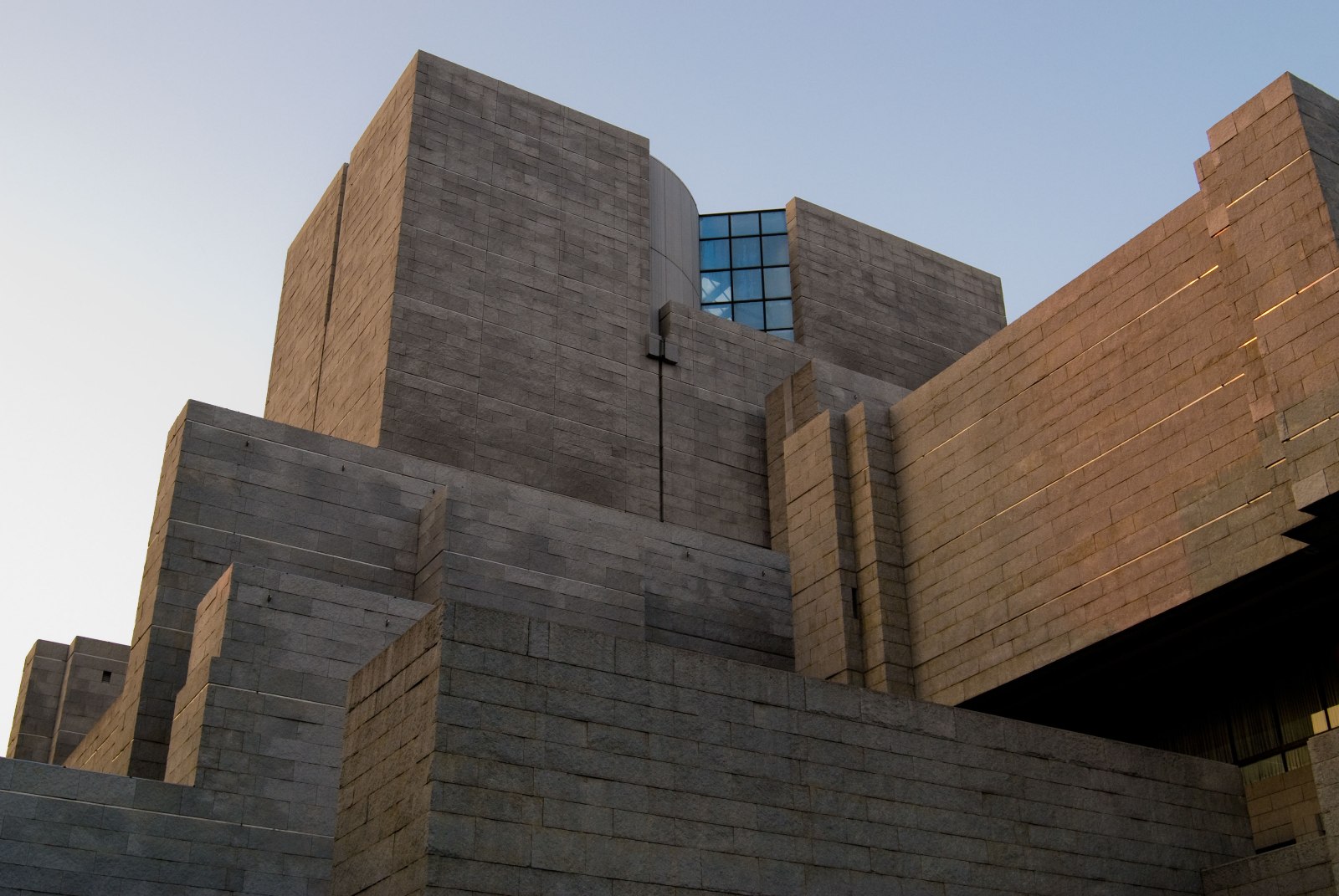With holiday hangovers receding and a fresh year ahead, it's the ideal time for a retrospective on the subject of "What did Japan's Supreme Court do for us in 2015?" If anything, that is.
Before diving straight in, some basic knowledge about the nation's top court might help. Depending on the context, people talking about the "Supreme Court" may mean one of several things. When lawyers or professors refer to it, they often mean not the actual court, but its bureaucracy, which administers the national judicial system. In fact, it sometimes helps to think of this Supreme Court as more of a "Ministry of Dispute Resolution," but that is a subject for another day. That said, even when acting as a court, it can seem pretty bureaucratic in the way it arrives at decisions.
The court is also a court, of course. Actually, it is four courts that collectively make final decisions not only about constitutional matters, but also the entire corpus of Japanese law. First there are three Petty Benches comprised of five judges each, though one of these is the chief judge, who is often busy with nonjudicial duties. All fifteen judges may also sit as the Grand Bench.



